Golden Gate Bridge suicides: A history of fatalities, and how further tragedies may be prevented
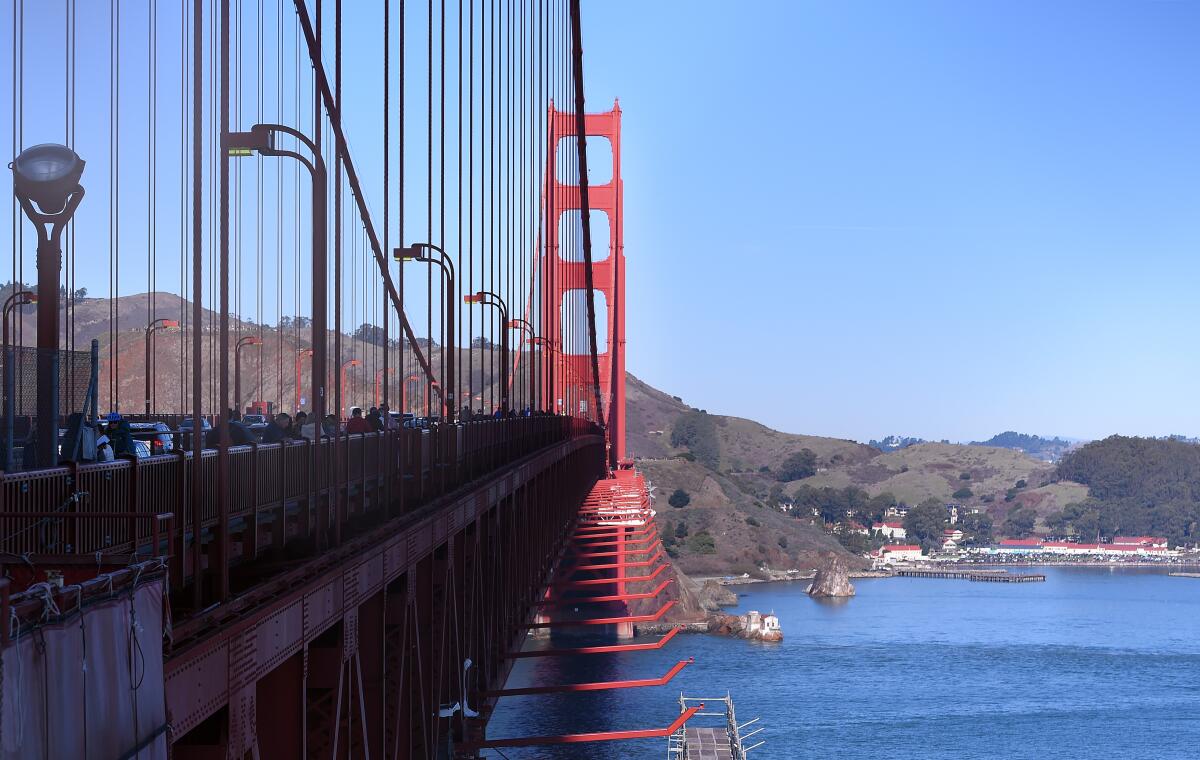
Hi, folks. It’s Wednesday, March 30. I am Justin Ray. This is the Essential California newsletter.
I wanted to begin this story with a warning: As you probably gathered from the headline, this newsletter contains candid discussions about suicide. I highly recommend people using their discretion when deciding whether or not to read this article. If you or someone you know is exhibiting warning signs of suicide, seek help from a professional and call the National Suicide Prevention Lifeline at (800) 273-TALK (8255). Additionally, The Times created a comprehensive guide for those unfamiliar with mental health resources that are currently available.
Just a few weeks ago, I was jogging one evening in Hollywood when I came upon an odd scene: Scores of cars were stopped. Crowds on the street had their phones out. People were laughing.
I looked in the direction everyone was staring and located the source of their mirth: A man was standing on the guardrails of the 101 Freeway, about 15 feet above a road from an exit ramp. With a face full of tears, he stared back at onlookers. Dressed in business casual attire — a white dress shirt with unbuttoned cuffs and dark slacks — he put his hands behind his head. A look of exasperation stretched across his face.
On the freeway where he was standing, he was surrounded by cops. Below him on the exit ramp road, several cars were stopped for a gigantic cushion, which authorities apparently keep on hand for such an event. The man looked embarrassed as he stood motionless in a state of paralysis by the weight of the moment.
I went home before witnessing the conclusion. During one of the worst moments of my life, I would want privacy.
In Northern California, engineers are trying to protect people who find themselves in similar moments of crisis by attaching a steel web underneath one of the state’s biggest tourist attractions. The crew has been working double shifts day and night to complete the Golden Gate Suicide Deterrent Net System (frequently referred to as a “suicide net”). Construction began in 2018 and is set to conclude in 2023.
Often described as the most photographed bridge in the world, the 1.7-mile structure connects the northern tip of the San Francisco Peninsula to Marin County. It is a beauty, but underneath its pulchritude lies an ugly truth: Many lives have been lost because of it.
More than 1,800 fatalities can be linked to the structure, making California the home of a bridge responsible for more suicides than any other in the country. Families of victims have long argued that officials have not hastened to make lifesaving modifications to the bridge, a structure that has led to approximately double the number of deaths as the Jonestown massacre. The nonprofit Bridge Rail Foundation, made up of psychiatrists and families of bridge jumpers, has been pushing officials to erect the barrier for years.
“There are other locations around the planet and certainly plenty in the United States where officials have taken action much earlier,” Bridge Rail Foundation President Paul Muller told me. “It’s taken forever and it’s really a tragedy. It’s hard to imagine any other traffic area where [these] deaths would be allowed to happen before the entity took action to resolve it.”
A brief history
The importance of a safety barrier is something Golden Gate Bridge chief engineer Joseph Strauss recognized while construction was taking place from 1933 to 1937. Strauss eventually required that a safety net be installed to protect workers, and it went on to save the lives of 19 men (their crew was known as the “Halfway-to-Hell Club”). However, 11 people did die during the construction of the bridge.
Unfortunately, the body count has increased since it first opened on May 27, 1937. The bridge’s first known suicide happened only 10 weeks later. On Aug. 7, a World War I veteran named Harold Wobber said in his final words to a friend whom he was walking with on the bridge, “This is as far as I go.”
In 2005, a survivor recounted the brutally honest tale behind his attempt. “At the top, I took this huge gasp of air,” said John Kevin Hines, who was 19 at the time of his jump. “It’s like I was reborn that day.” Like many of the few survivors have said, he regretted his decision in midair.
Men have outnumbered women almost 3 to 1. The average age of victims is 42. Very few survive. According to a report released by MarinHealth Medical Center — the hospital responsible for people who attempt suicide on the structure — doctors and emergency responders have increased the odds of survival from 2% historically to 3% since 2010.
Some of the media’s silence about these tragedies has less to do with taboo and more with prevention. In 1995, Bay Area newspapers and TV stations agreed to stop reporting untimely deaths due to the bridge because of the horrific competitions the coverage was creating. (Even research is challenging: A source discouraged me from sharing certain details, and Google on many occasions told me help was available.)
California Highway Patrol Officer Darrel Horner told me that once they locate and determine that someone is experiencing a mental health crisis, the person is involuntarily detained. Then, the agency makes arrangements to have the individual transported to a local facility where they can further be evaluated by mental health professionals.
What is being done
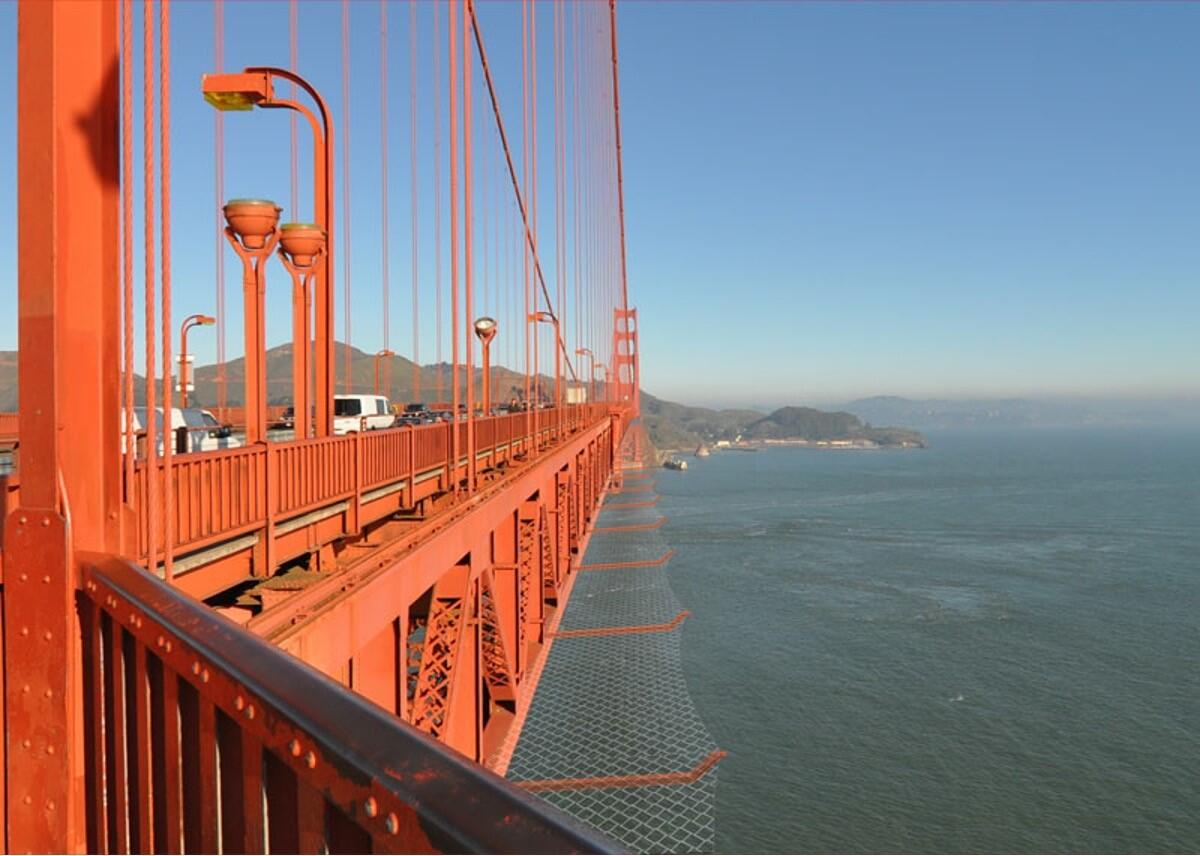
Despite the staggering number of lives lost — about 30 yearly — it was only in 2014 that San Francisco Bay Area officials approved a $76-million package to fund the net. Since then, costs have ballooned to $206.7 million, Golden Gate Bridge district spokesperson Paolo Cosulich-Schwartz told me.
Over 75% of the mesh has been completed, but it has yet to be affixed to the bridge. Only 5% (which alone is about 20,000 square feet) has actually made it onto the structure.
Although the net will likely prevent deaths, make no mistake: Jumping would still be a painful experience. “I can’t stress enough, this would not be a pleasant fall,” San Francisco Chronicle reporter Rachel Swan said in a recent episode of the paper’s daily podcast. “You would probably break a bone.”
Cosulich-Schwartz said netting became the bridge’s chosen method of prevention based in part on how other structures worldwide had addressed the issue. Officials decided a mesh net would be most effective and less aesthetically disruptive.
“The beauty of the design is that if you’re on the bridge, unless you’re looking over the railing that exists today, you won’t even notice it,” he says. “So it has no impact on our views. It doesn’t obstruct anyone’s experience of the bridge. Even if you’re looking at it from land and you’re taking in the postcard view of the bridge with Marin and the headlands behind it, or if you’re in Marin looking back toward the city with a bridge in the foreground, you hardly notice it.”
The net’s ability to blend into the bridge is unfortunately important, as many who have opposed a barrier have argued that it would harm the look of the structure (perhaps the most California response to the health crisis). Other arguments include the enormous cost and that people will simply find another way to carry out the act.
A study suggests the latter point is actually a myth. Harvard University and UC Berkeley found that 9 out of 10 people who attempt suicide and survive will not go on to die by suicide at a later date.
“One of the things that I’ve learned in this whole fight from the very beginning when I got into it was the power of the access restriction method,” Muller says. “You don’t have to have a degree in psychology to restrict access to lethal means. You may need nothing more than, for instance, gun locks. Reducing that access means you buy the suicidal individual more time and that gives them time for counseling treatment. It gives [professionals] an opportunity to pull them off the edge.”
And now, here’s what’s happening across California:
Note: Some of the sites we link to may limit the number of stories you can access without subscribing.
What should you use to buy a home: Zillow? Redfin? When I was moving to Los Angeles, my mother used to send me thousands of apartment listings online. I understood why she was doing it: because browsing online listings is fun. But what is the best way to find a home? As part of a comprehensive Times guide to buying a house in Southern California, our experts have great tips for surfing the web for a future residence. Los Angeles Times
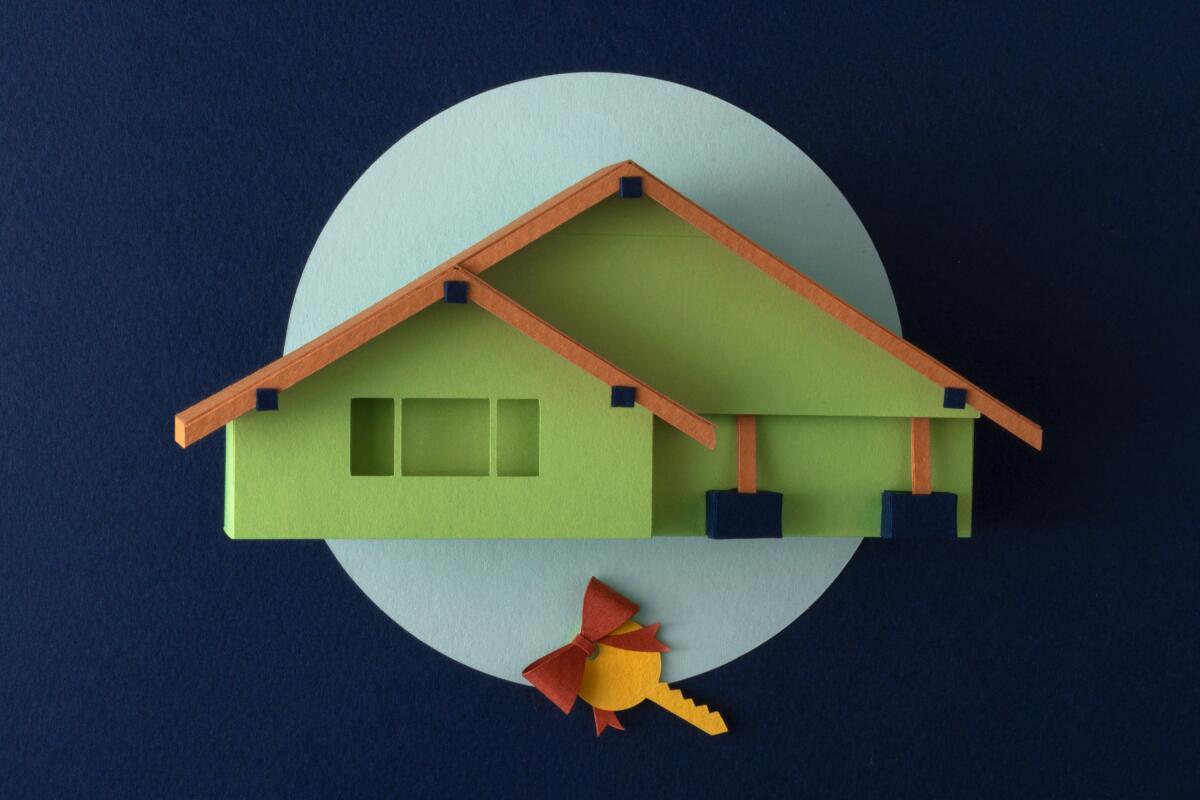
How to get your second COVID-19 booster shot if you are 50 or older. The additional booster doses — which amount to a fourth shot for those who originally got the Pfizer-BioNTech or Moderna vaccines, or a third jab for recipients of the Johnson & Johnson vaccine — are available to those who are at least four months removed from their initial booster. Here’s how you can obtain them. Los Angeles Times
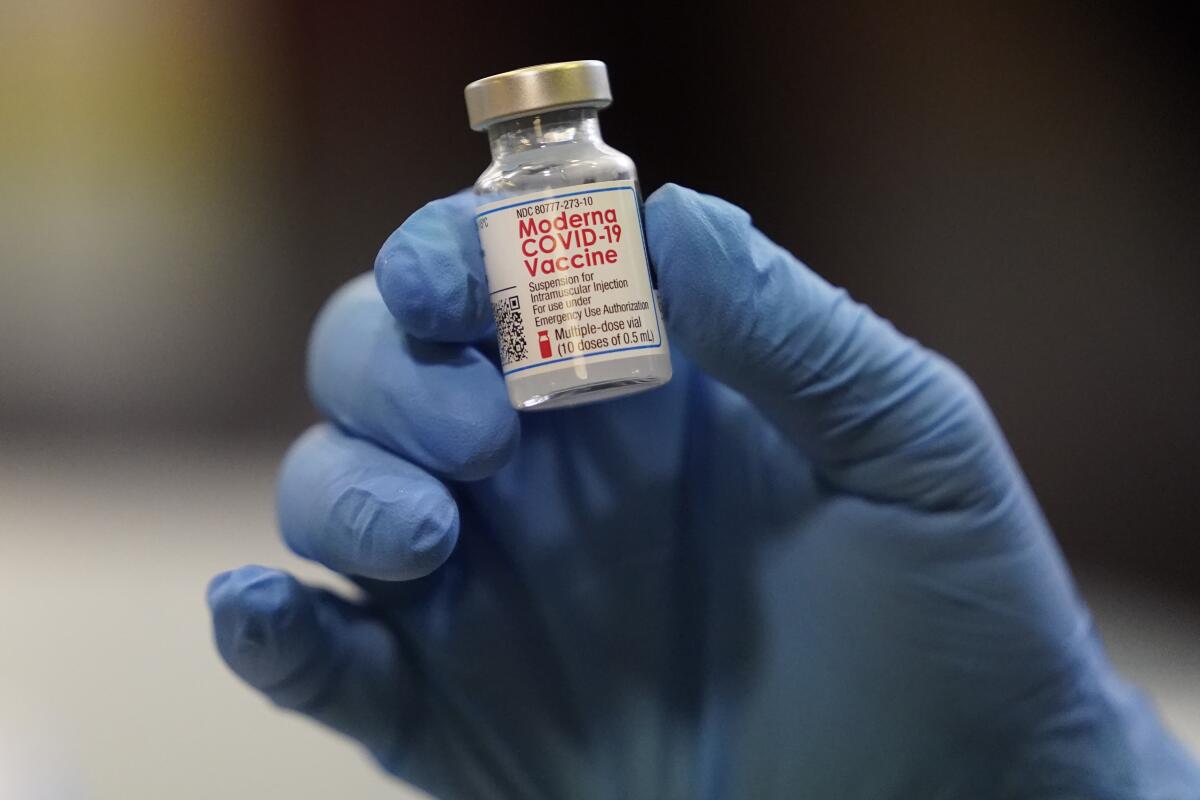
L.A. STORIES
Commentary: Will Smith tarnished a night of pride for Black Hollywood — and his legacy. Smith’s path to the best actor Oscar “ultimately ended in dishonor: for Smith himself, for the Williams family (members of which looked visibly uncomfortable after the night jumped the rails) and for the Black creative community the actor has come to represent,” according to Times staff writer Greg Braxton. As everyone knows, Smith slapped Chris Rock over a joke about Jada Pinkett Smith. Following Sunday night’s stunning altercation, the motion picture academy announced it is conducting a formal review of Smith’s conduct. Los Angeles Times
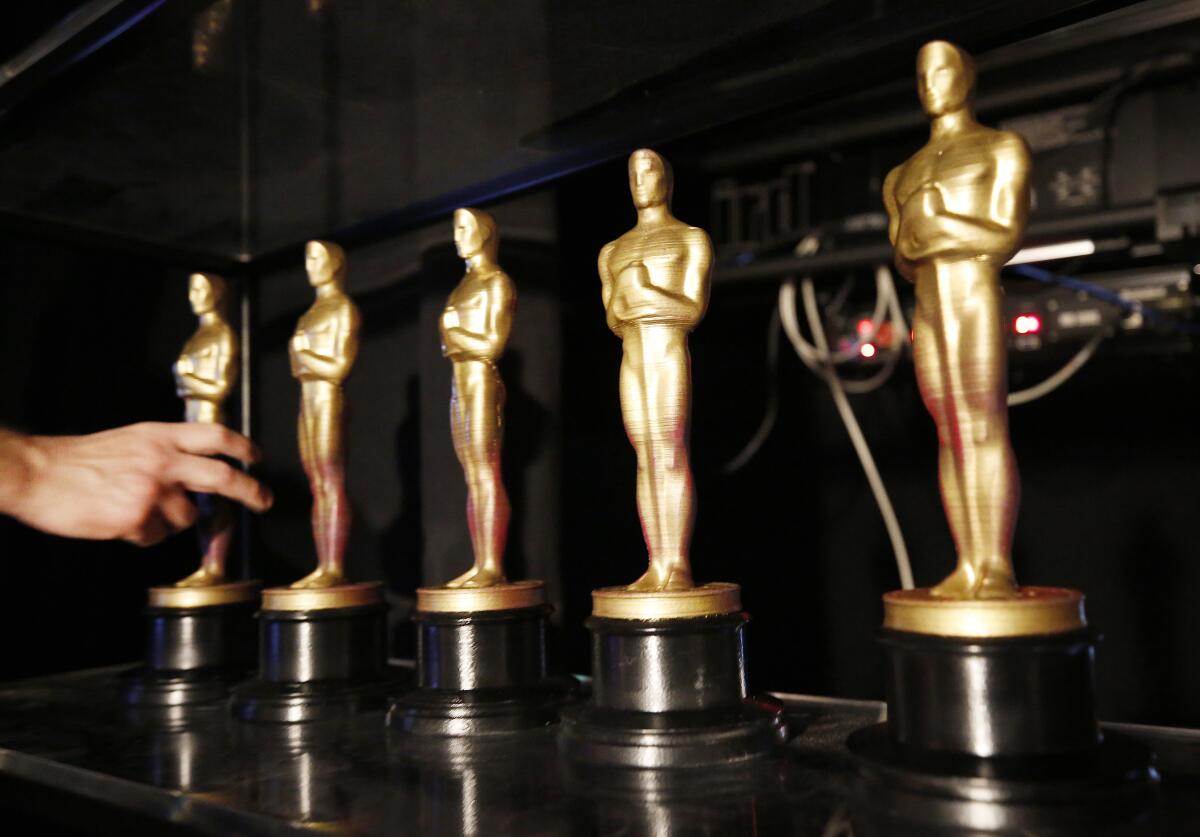
Our daily news podcast
If you’re a fan of this newsletter, you’ll love our daily podcast “The Times,” hosted every weekday by columnist Gustavo Arellano, along with reporters from across our newsroom. Go beyond the headlines. Download and listen on our App, subscribe on Apple Podcasts and follow on Spotify.
POLITICS AND GOVERNMENT
The Fresno City Council unanimously approved a citywide audit of credit card use and reimbursements for the last five years. The audit came after Councilmember Garry Bredefeld held a news conference to criticize four of his council colleagues’ use of their operating budgets and their city-issued credit cards. Before the unanimous vote, dozens of residents sat through two hours of council members arguing and throwing accusations of corruption and hypocrisy at one another. Fresno Bee
Column: Stop hounding Dianne Feinstein and let her finish her time in the Senate. There’s no question Feinstein is no longer the political force she once was, according to columnist Mark Z. Barabak. Some — particularly on the far left — would like to see Feinstein go and someone more liberal and theatrical take her place. Barabak argues that “the practical effect wouldn’t be all that great. Anyone Newsom appointed would almost surely vote the same as Feinstein close to 100% of the time.” Los Angeles Times
CRIME, COURTS AND POLICING
The California Department of Insurance, the state agency responsible for overseeing California’s bail industry, has granted or maintained bail agent licenses for 34 felons since 2010, according to investigation records provided by the department to the Desert Sun. The paper conducted an investigation after a bail agent, Fabian Hector Herrera, fatally shot David Spann during the confrontation and has since been charged with his murder. “We stand with our fellow law enforcement agencies in protecting the public from actions by bail agents that threaten people’s safety and holding them accountable when they violate California law and the terms of their license,” Deputy Insurance Commissioner Michael Soller told the paper. Desert Sun
Support our journalism
HEALTH AND THE ENVIRONMENT
California grapples with regulation of known carcinogen ethylene oxide. Life is already hard for people in Los Angeles neighborhoods bounded by freeways, truck routes, industrial and waste sites. But some residents have learned of another hazard: a chemical that disinfects medical items like wound dressings and stents. Capital and Main looked into the chemical and found that it isn’t clear how many facilities use and release it. The California Air Resources Board doesn’t maintain a full statewide list. Capital and Main
The highly infectious BA.2 Omicron subvariant is now the dominant version of the coronavirus circulating in the United States, according to federal estimates, a development that is triggering fresh concerns of a potential springtime wave. How big that potential upswing might prove to be remains the subject of much debate. Los Angeles Times
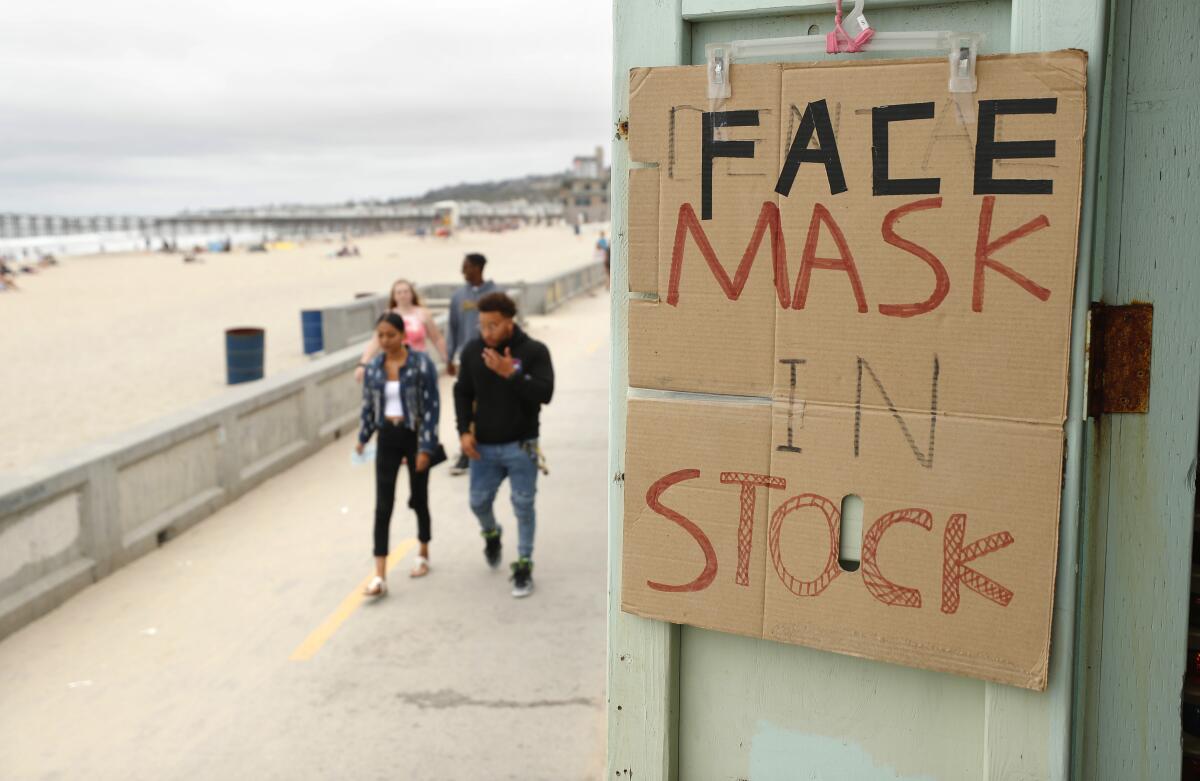
CALIFORNIA CULTURE
Two people and a dog were rescued from a rain-swollen river on Monday. A helicopter rescue crew pulled the dog’s owner, a woman, from the rushing Los Angeles River in the San Fernando Valley. At one point a good Samaritan jumped into the water and grabbed the dog, but the animal slipped from his grip, and the man had to be rescued himself. KCRA
Free online games
Get our free daily crossword puzzle, sudoku, word search and arcade games in our new game center at latimes.com/games.
CALIFORNIA ALMANAC
Los Angeles: Overcast, 67 San Diego: Overcast 65 San Francisco: Overcast 60 San Jose: Overcast 64 Fresno: Overcast 73 Sacramento: Overcast 67
*Note: I got the date wrong in yesterday’s dispatch. Sorry! Also, I received a lot of wonderful emails about my Oscars newsletter. Thank you so much. I appreciate it.
AND FINALLY
Today’s California memory is from Anneke Mulligan:
In the early ’70s I walked the streets of Santa Monica looking for an apartment (North of Wilshire). I had just emigrated from Europe and saw many apartments for rent for about $200 to $250 per month, if you wanted a furnished place. Sometimes even pets were allowed. My income was around $700.
If you have a memory or story about the Golden State, share it with us. (Please keep your story to 100 words.)
Please let us know what we can do to make this newsletter more useful to you. Send comments to [email protected].
Sign up for Essential California
The most important California stories and recommendations in your inbox every morning.
You may occasionally receive promotional content from the Los Angeles Times.




